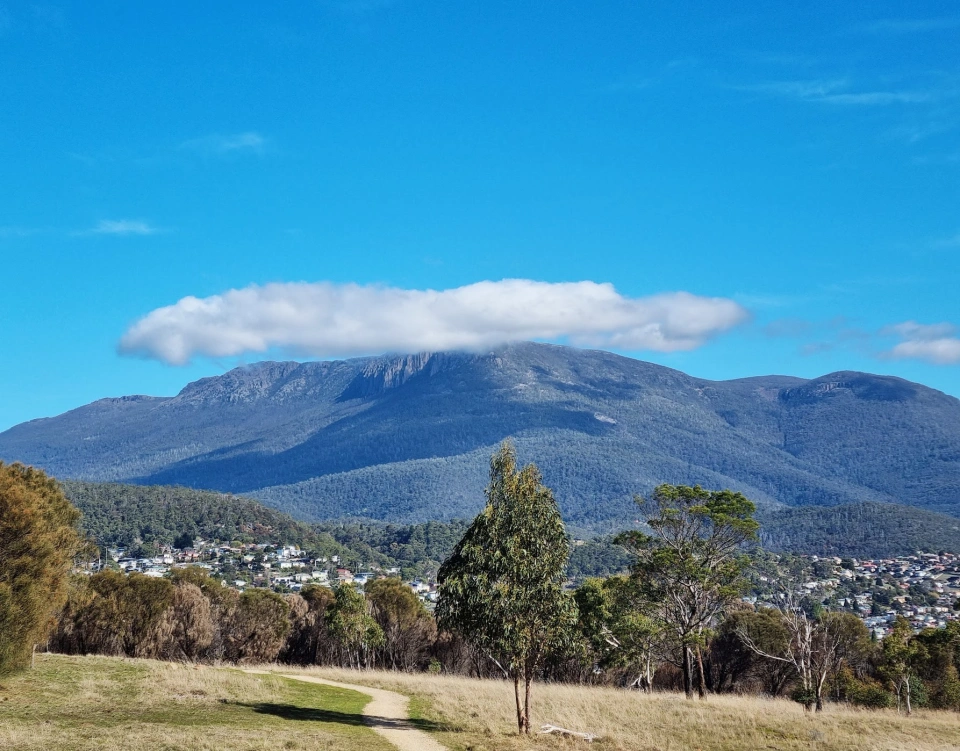
The mountain as a playground
The mountain offers an endless playground for all ages. Simon Allen shares his view on having fun in nature.
Read more
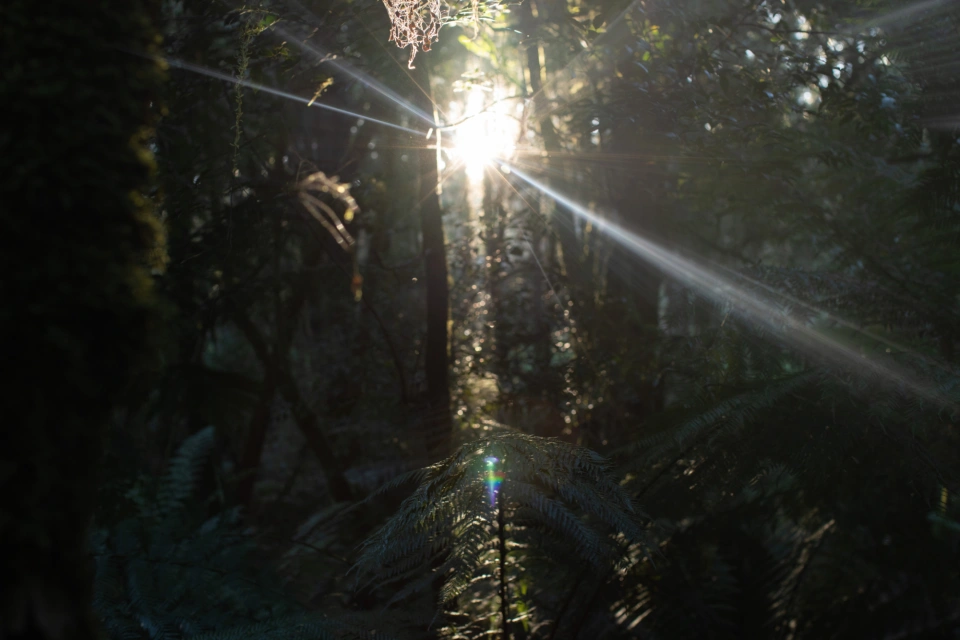
Make It Happen! A Great Forest National Park Short Film
Through the eyes of leading Australia Hollywood export Director Toby Phillips, viewers are taken on a journey through picturesque landscapes, critical...
Read more
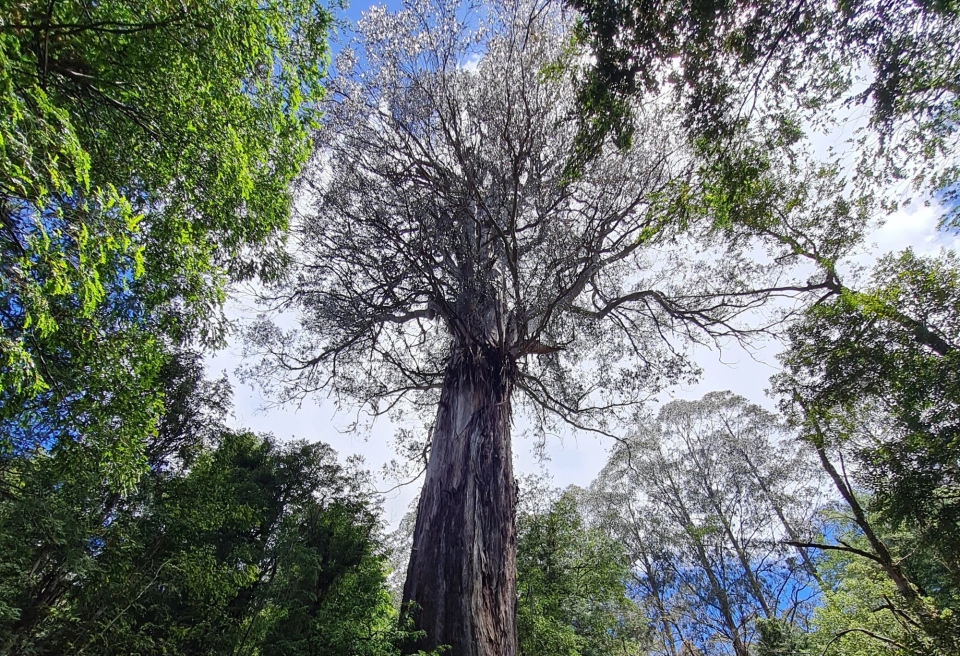
Ancient beauty in Victoria's central highlands
The ancient forests of the Victorian Central Highlands carry deep social, cultural and environmental importance. These ash forests store more carbon p...
Read more
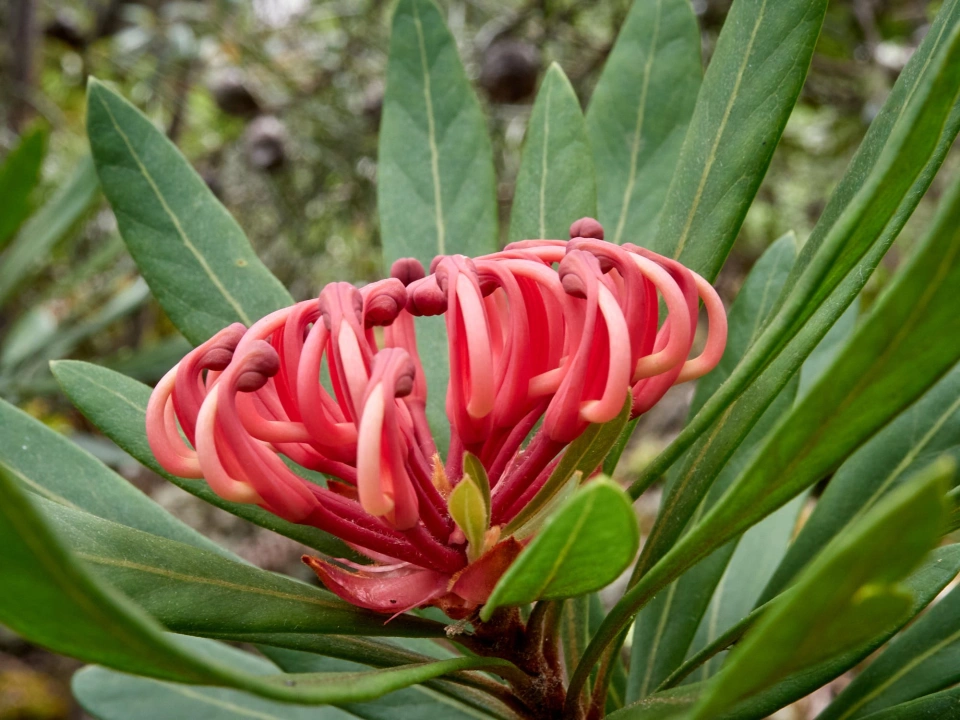
Mt. Wellington: Sanatorium of Tasmania - a poem by Mulga Mick (1875 - 1958)
This is a poem written by Mulga Mick. He was an open-hearted, generous man who befriended many birds and other animals on the mountain.
Read more
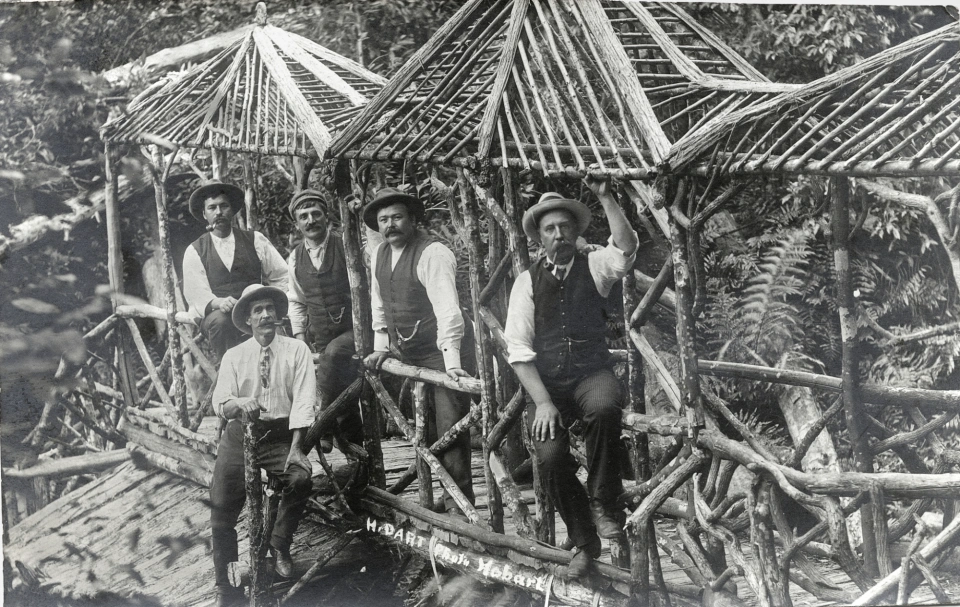
The Pinnacle Road and the men building it - a poem by Mulga Mick (1875 - 1958)
Mulga Mick (M. J. O’Reilly, 1875-1958) worked with building the Pinnacle Road on Kunanyi / Mt Wellington. He loved nature and liked to write poems.
Read more
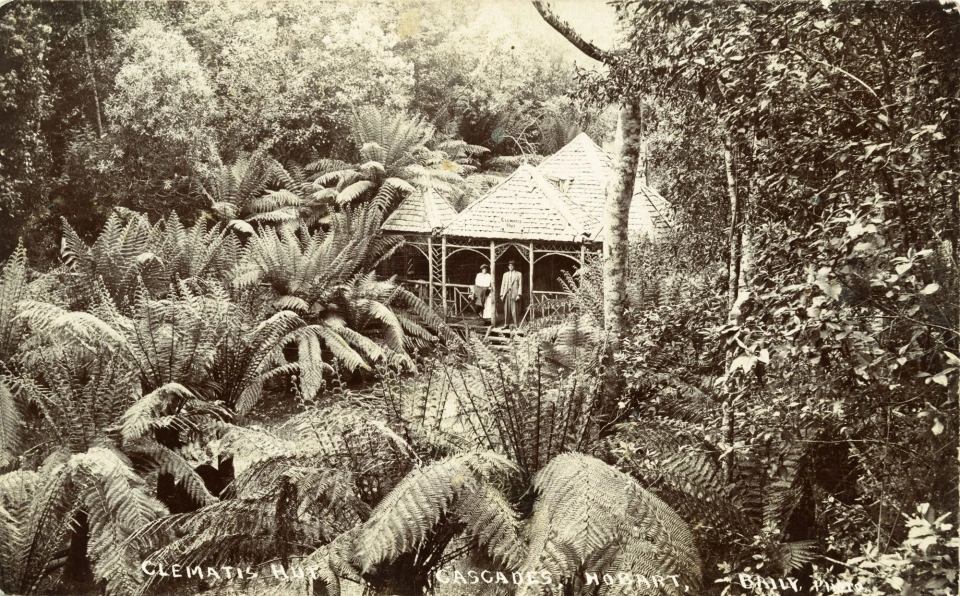
The history of the Kunanyi huts
The history of the Mt Wellington / Kunanyi huts gives us a sense of how it was back in the early days, and you feel connected to those people and thei...
Read more
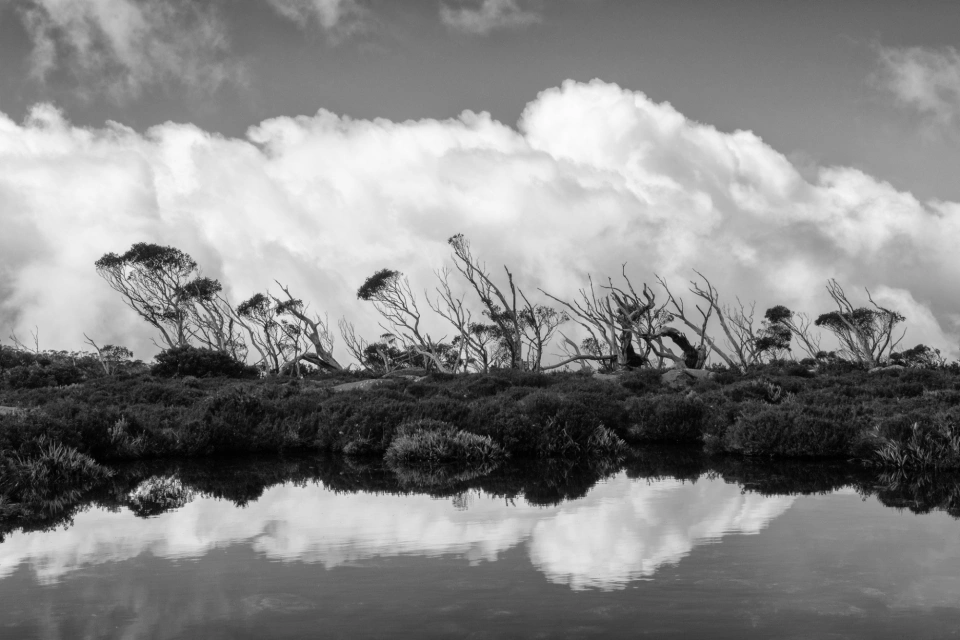
The mountain is always changing
By researching the history of the mountain, Martin Stone learns that it is always changing. Image: Grant Murray
Read more
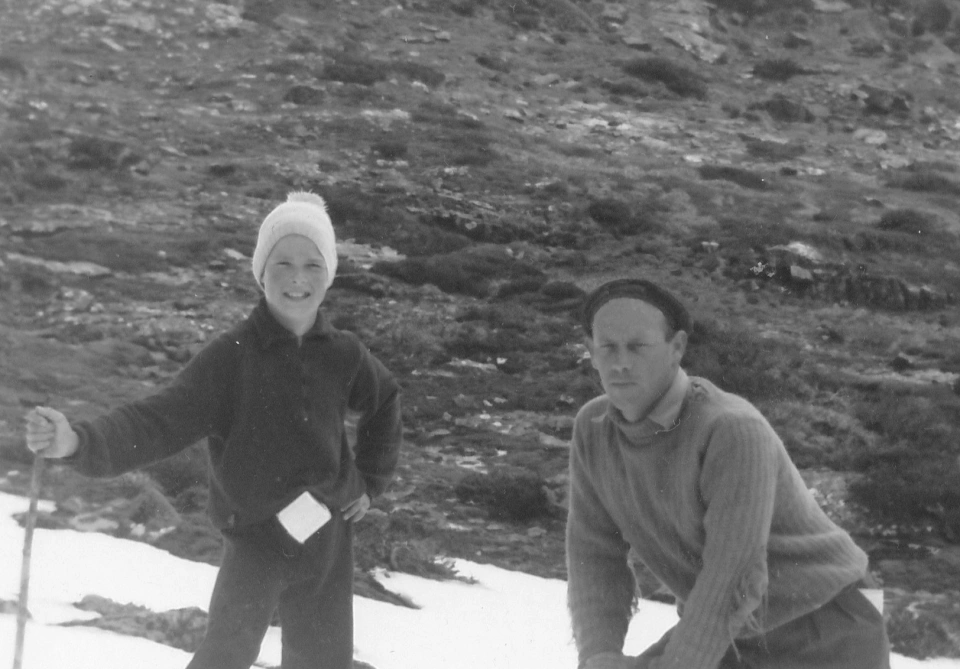
We catch a love of nature from each other
"But I think what he also taught me, apart from the joy, the beauty and the science of nature, was not to be scared of it." Pictured: Martin aged 11 a...
Read more
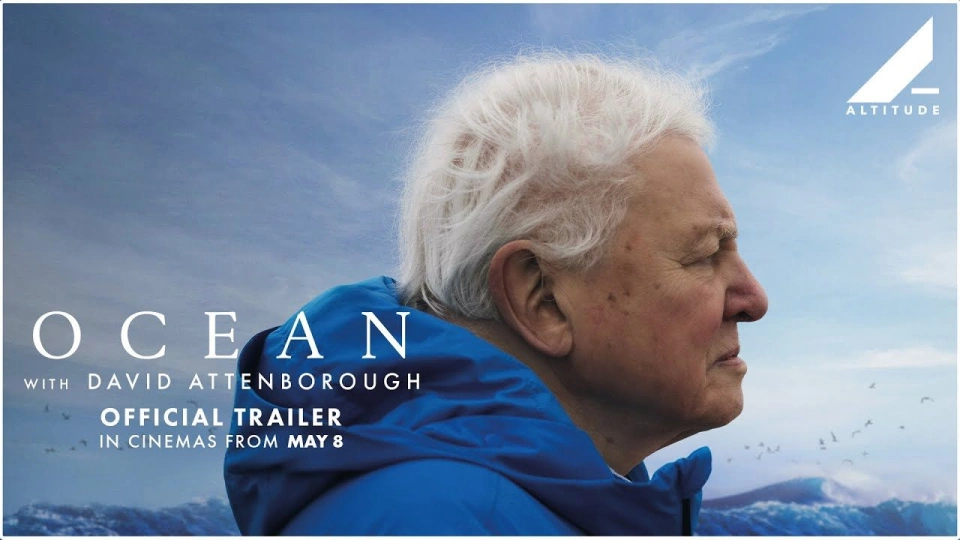
David Attenborough's message in Parliament House
Last week Ocean with David Attenborough was screened at Parliament house in Hobart, showcasing a powerful message on the urgent importance of protecti...
Read more
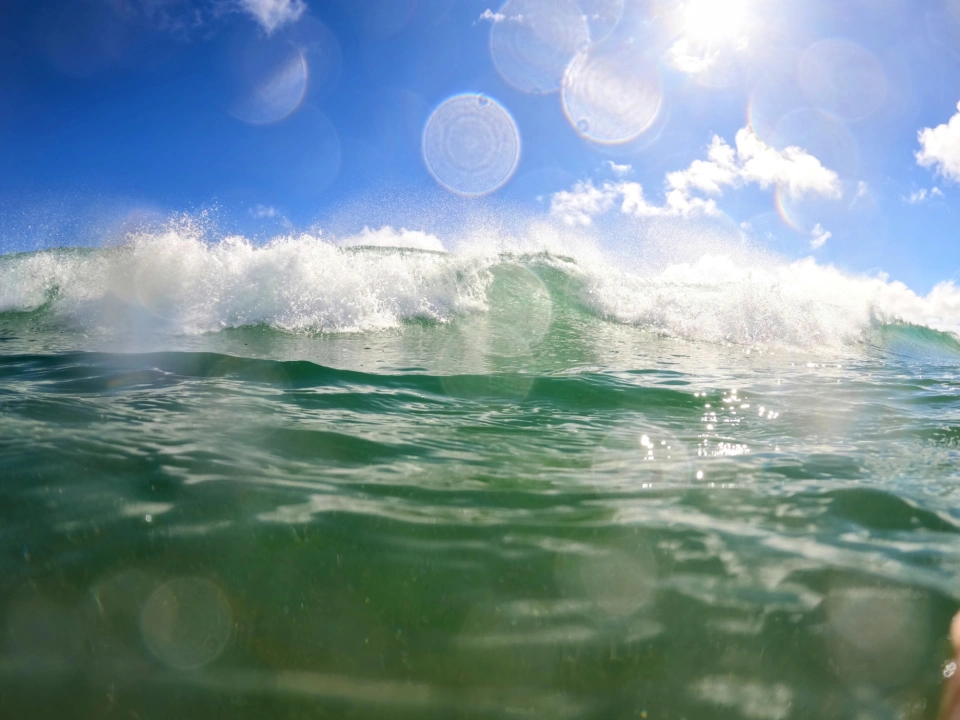
The story of the ocean: a young ceramicists perspective
For Hannah, year 12 student and a regular visitor to Bruny Island, a childhood spent in and around the ocean has left a big impression. This connectio...
Read more
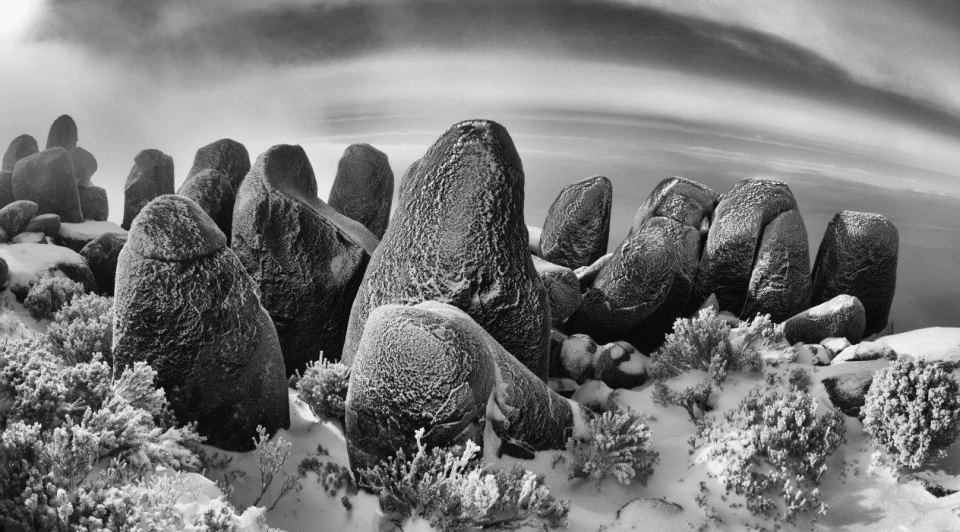
An outdoor sculpture garden
The rocks on Kunanyi are like visiting an outdoor sculpture gallery, with a diverse range of shapes and forms, that can look differently every time. I...
Read more

And yet...
A mesmerising short piece by nature writer and essayist James Dryburgh on loss, grief and the agency over our own lives that we all carry.
Read more
